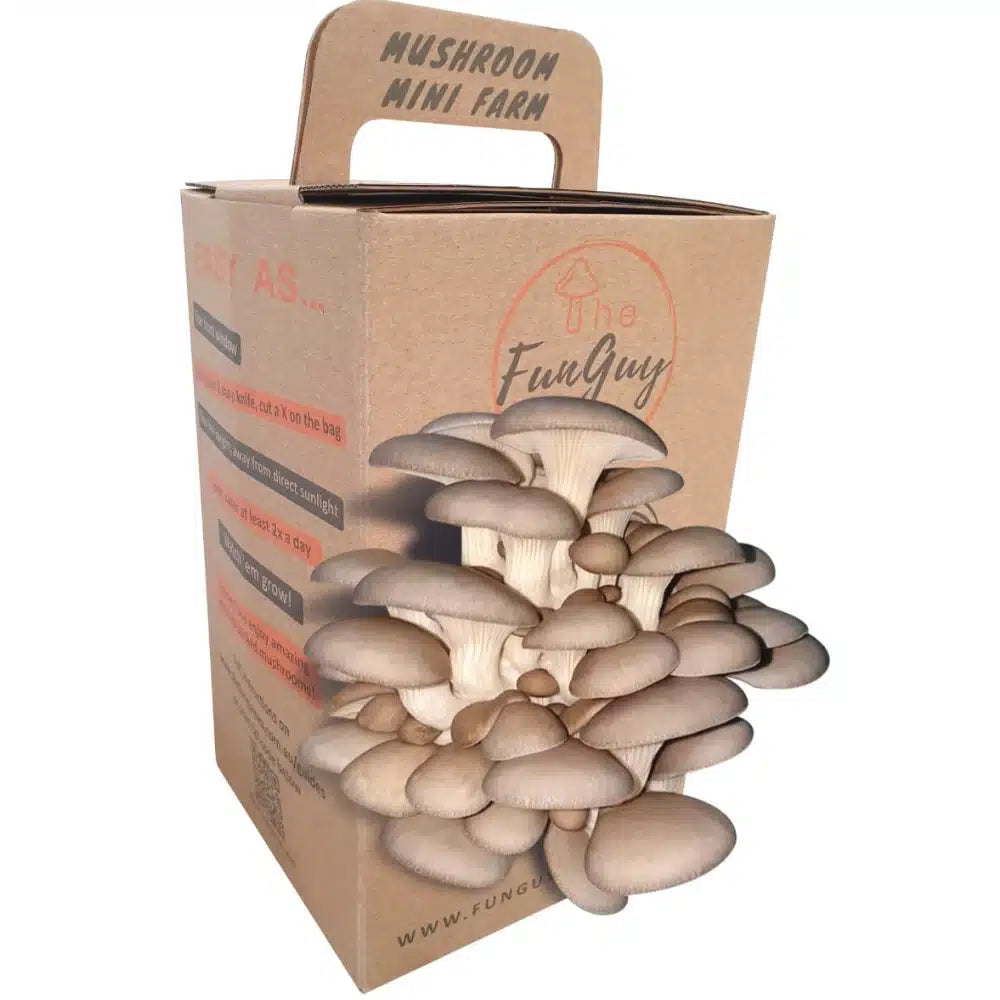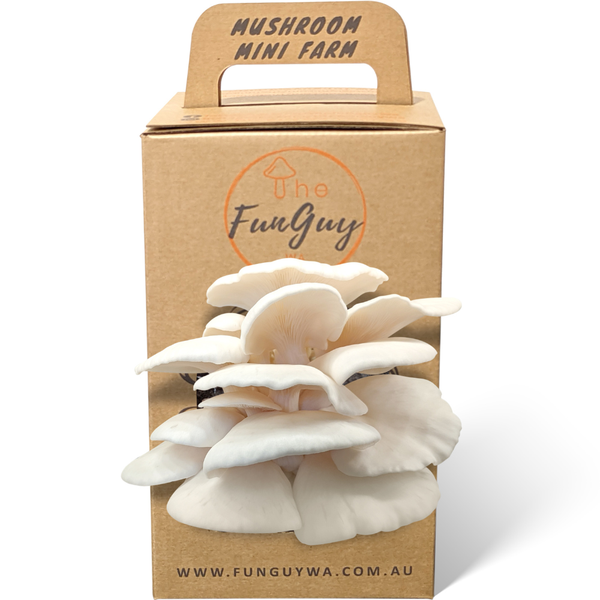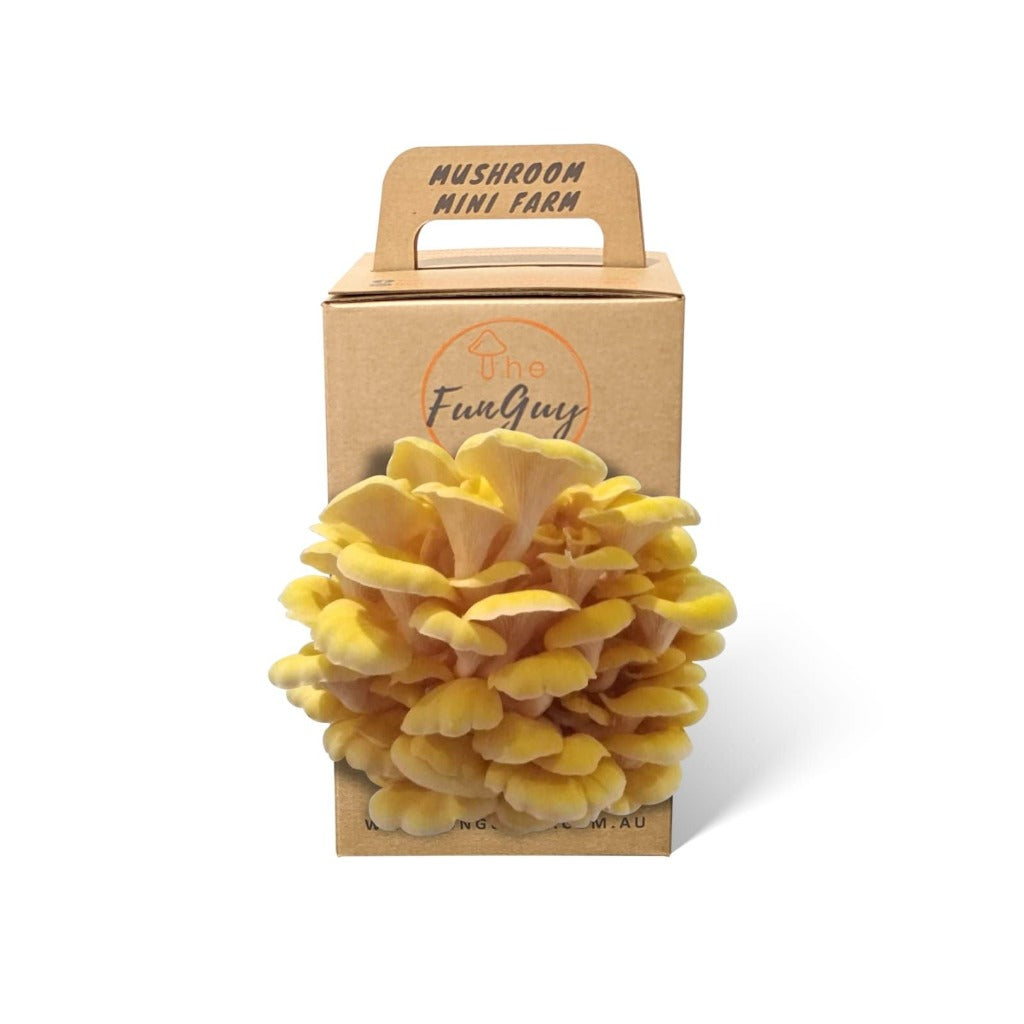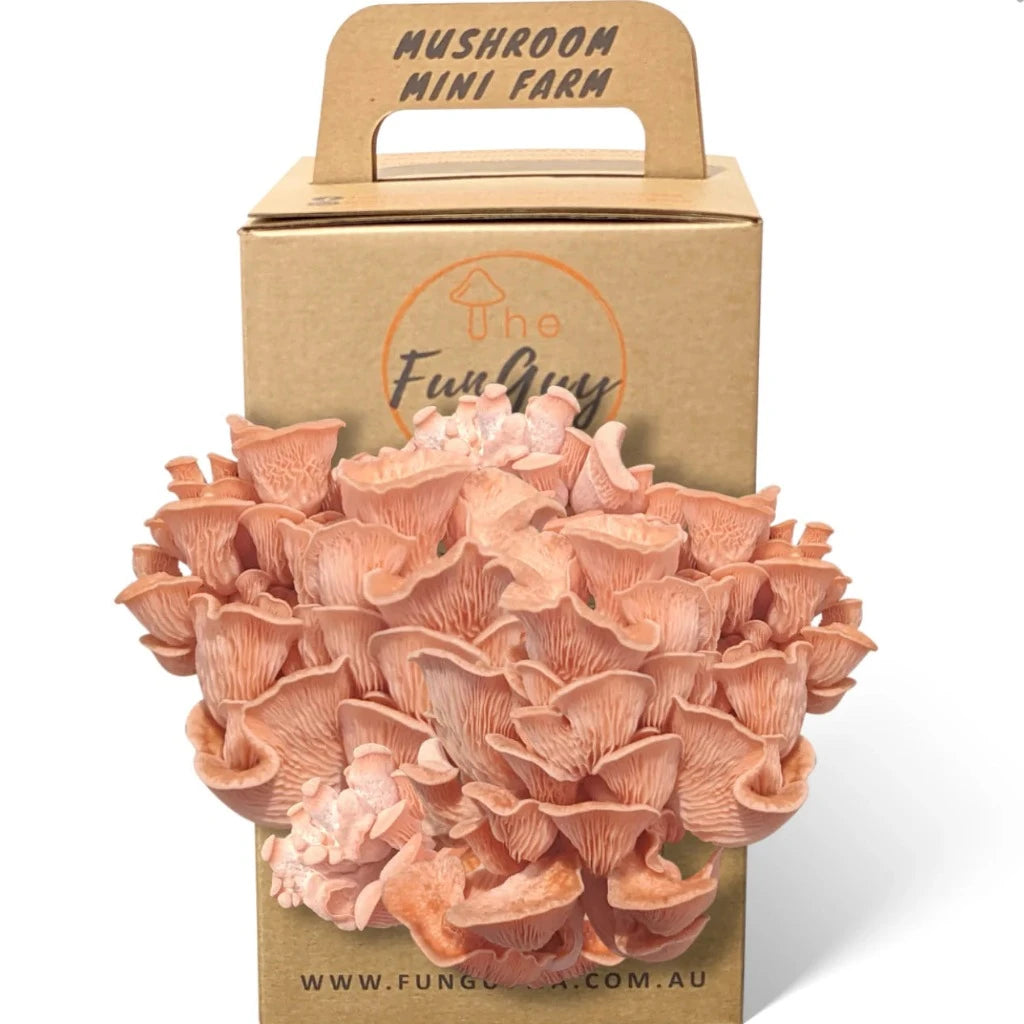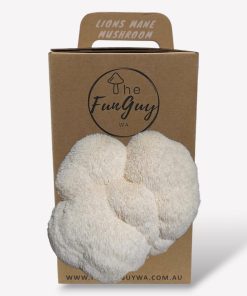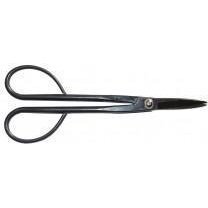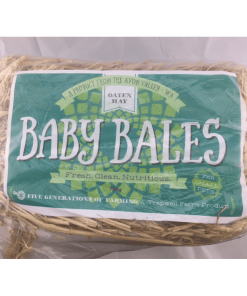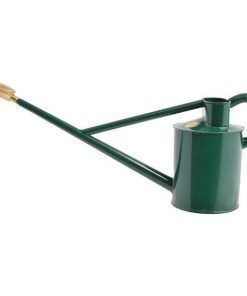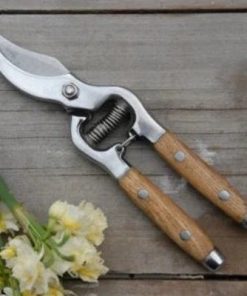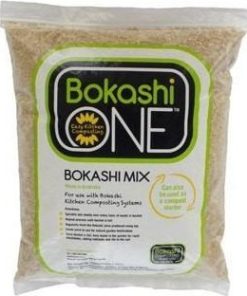Mushroom Mini Farms – The FunGuy The FunGuy
$ 32,90 $ 19,74
Home Mushroom Grow Boxes:
Experience the joy of cultivating your own mushrooms at home! These gourmet mushroom grow blocks feature unique, restaurant quality varieties of funghi not normally available in the supermarkets which you can easily grow in the comfort of your own home!
Mushroom Varieties Available:
Lion’s Mane:
Scientific Name: Australian Hericium
Difficulty: Beginners – Fast Grower and easy to fruit
Characteristics: Pom-pom shaped mushroom
Temperature Range: Mild to cool strain, will fruit on 14-25°c temperature range (Best 16-24°c )
Cooking: Often referred as similar taste to crab meat or lobster, slice it up and pan fry with garlic an butter like a steak or shred while raw and cook it up.
Blue Oyster:
Scientific Name: Pleurotus ostreatus
Difficulty: Beginners – High Yielding, fast Grower and easy to fruit
Characteristics: Medium to large-cap oyster mushroom, with a dark basalt top colour.
Temperature Range: Cool strain, will fruit on 10-26°c temperature range (Best 16-20°c )
Cooking: Suitable for any dish you would consider using mushrooms in including stir fries, pastas, curries, pies and pizzas. A characteristic of this mushroom is while cooking it doesn’t release much liquid like Bottom mushrooms, becoming a meaty, quite filling final ingredient. Ideal for pizzas, one will not need to stir fry this mushroom before topping a pizza as it doesn’t release much liquid.
Yellow Oyster:
Scientific Name: Pleurotus Citrinopileatus s – Yellow Oyster
Difficulty: Beginners – Fast Grower and very forgiving
Characteristics: Small to medium oyster mushroom, yellow in colour, one of favourites to be cultivated for its easy to fruit characteristic and delicate body.
Temperature Range: Warm strain, will fruit on 15-28°c temperature range (Best 17-22°c )
Cooking: Delicate fruit body, pairs well with seafood.
White Oyster:
Scientific Name: Pleurotus ostreatus – Winter White Oyster Mushroom
Difficulty: Beginners – Fast Grower and very forgiving, high yielding
Characteristics: White, large, wavy caps oyster mushroom.
Temperature Range: Cool strain, will fruit on 6-22°c temperature range (Best 10-17°c )
Cooking: Suitable for any dish you would consider using mushrooms in including stir fries, pastas, curries, pies and pizzas. A characteristic of this mushroom is while cooking it doesn’t release much liquid like Button mushrooms, becoming a meaty, quite filling final ingredient. Ideal for pizzas, one will not need to stir fry this mushroom before topping a pizza as it doesn’t release much liquid.
Phoenix Oyster:
Scientific Name: Pleurotus pulmonarius
Difficulty: Beginners – They colonise quickly and are reliable producers.
Characteristics: Medium to large-cap oyster mushroom, with a light brown and beautiful curly cap edges.
Temperature Range: Median, will fruit on 14-24°c temperature range
Cooking: Phoenix Oysters (Also known as Italian Oysters) are a versatile substitute for button mushrooms in many recipes. They complement a wide range of cuisines and flavors and, like all Oyster mushrooms, have a tendency to retain water and may become slimy when undercooked. For a firmer, less watery texture, continue cooking until the liquid has evaporated and the mushrooms have begun to brown.
Pink Oyster:
Scientific Name: Pleurotus pulmonarius
Difficulty: Beginners – They colonise quickly and are reliable producers.
Characteristics: Medium to large-cap oyster mushroom, with a light brown and beautiful curly cap edges.
Temperature Range: Median, will fruit on 15-28°c temperature range
Cooking: Utilising the same techniques as their fellow oyster counterparts, Pink Oysters achieve optimal taste and texture when fried or sautéed in butter. The end product is a refined, delectable dish that is sure to impress.
How to grow oyster mushrooms at home
Mushroom Growing Guide:
- The ideal temperature for growth is written on your bag sticker, Mycelium tolerates colder temperatures without a problem, not so much too high temperatures.
- Mushroom Mycelium (white web in the bag) is the actual mushroom fungus, once it colonises the whole bag, it needs to spread its offspring, and it’s way is by producing mushrooms (its fruits). The Mycelium will look for fresh air to produce its delicious mushrooms.
- To capture the best yield, follow steps below:
Step 1 – Inspect your bag, it should be full of white mycelium web throughout. Sometimes mycelium doesn’t like to grow at the bottom of the bag where it’s in contact with a shelf. If you see mycelium colonised throughout the bag go to the next step, otherwise, store in a cool and clean place and inspect again in a few days.
Step 2 – Cut the bag open, we recommend cutting a “X” on the side of the bag no bigger than 10cm x 10cm. Use a sterilised and sharp knife. If the top plastic bag “flap” is loose, you can fold it back and tape at the back of the bag, creating a tight top. If the top flap is long enough, you can just sit the bag on top of itself. This is to minimise air bubbles at the top.
Step 3 – Place the bag in a ventilated location, mushrooms like enough light (either naturally from a window or artificial light) but not direct sunlight. DON’T place in the bathroom where you regularly use a shower or laundry where a drier is regularly on. Although mushrooms like humidity, the steam from the shower or dryer is not suitable.
Step 4 – Optionally, place the bag in a translucent tub with damp newspaper in the bottom, this helps maintain humidity for your mushrooms.
Step 5 – Spray your bag with water 2 or 3 times a day.
Step 6 – Once mycelium starts pinning (tiny mushrooms) it will double in size every day, once caps edges start to face up it is time to harvest.
Step 7 – Harvest the whole flush altogether (even the little ones if there is any) by placing your hand between the mushrooms and the bag, twist and pull to break them from the bag substrate. It is now time to taste your crop.
Step 8 – Repeat from step 5 and if you have done a good job it is likely the mycelium will flush new mushrooms again in 7 to 14 days after the first harvest.
Step 9 – If after the first harvest the bag feels light and dry, you can dip the bag into a bucket of icy water to hydrate the mycelium again. Please note the bag’s content should be damp, not soaking wet.
| Variety | Blue Oyster, White Oyster, Yellow Oyster, Lions Mane, Pink Oyster, Phoenix Oyster |
|---|
Quick Shipping and Professional Packaging
Due to our longstanding partnership with UPS FedEx DHL as well as other top international carriers, we are able to provide a range of shipping options. Our warehouse staff are highly trained and will pack the goods according to our precise and exact specifications. Before they are shipped, your goods will be thoroughly examined and secured. We deliver to hundreds of thousands of customers every day in different countries. This demonstrates our dedication to become the biggest online retailer in the world. Both Europe and the USA have distribution and warehouse centers.
Note: Orders that contain more than one item are assigned a processing time depending on the item.
Prior to shipping, we examine the items ordered thoroughly before sending the items. The majority of orders will be shipped within 48 hours. The delivery time should be between 3 and 7 working days.
Returns
We are not able to manage the stock at our warehouse or factory. The stock levels may fluctuate at any given time. It's possible that the stocks could be depleted after the order has been made.
Our policy is valid for 30 days. Unfortunately, if the 30 days have elapsed after you bought your item, we will not be able to provide a refund or exchange.
In order for your item to be returned it must be in its original packaging, unopened and in the same state as you received it in. The item must be returned in its original packaging.
Related products
Garden
Garden
Garden
Garden
Garden

